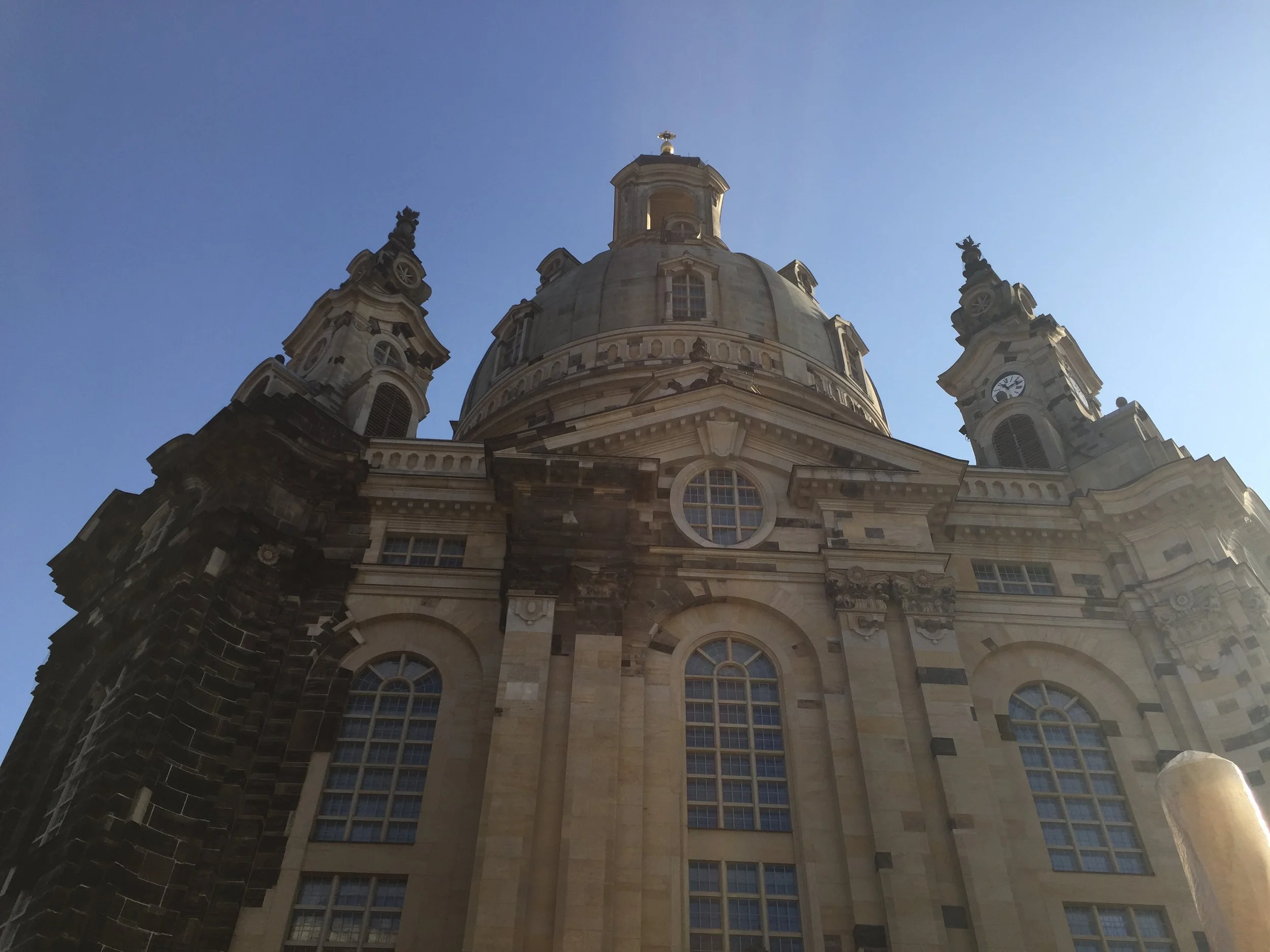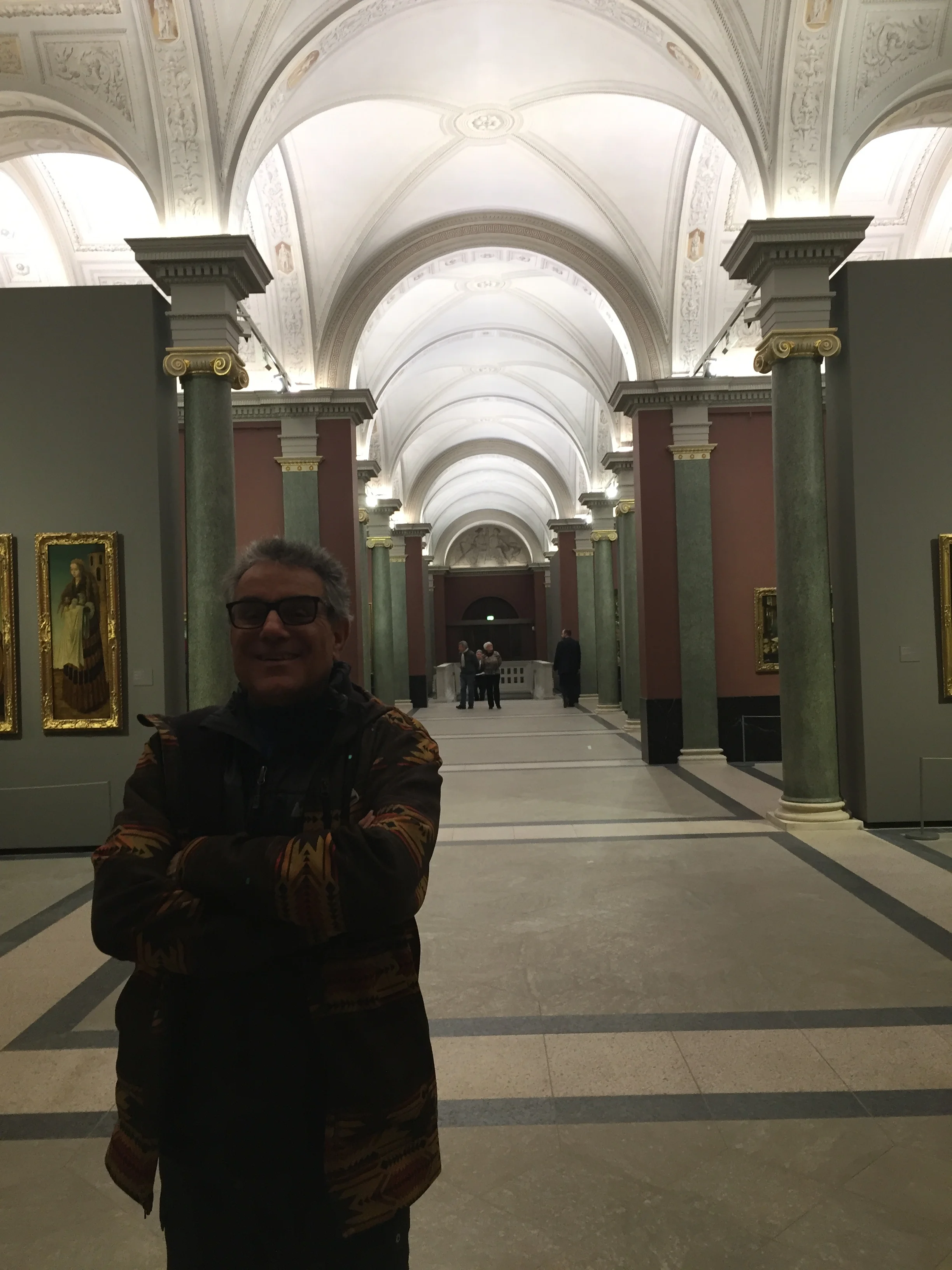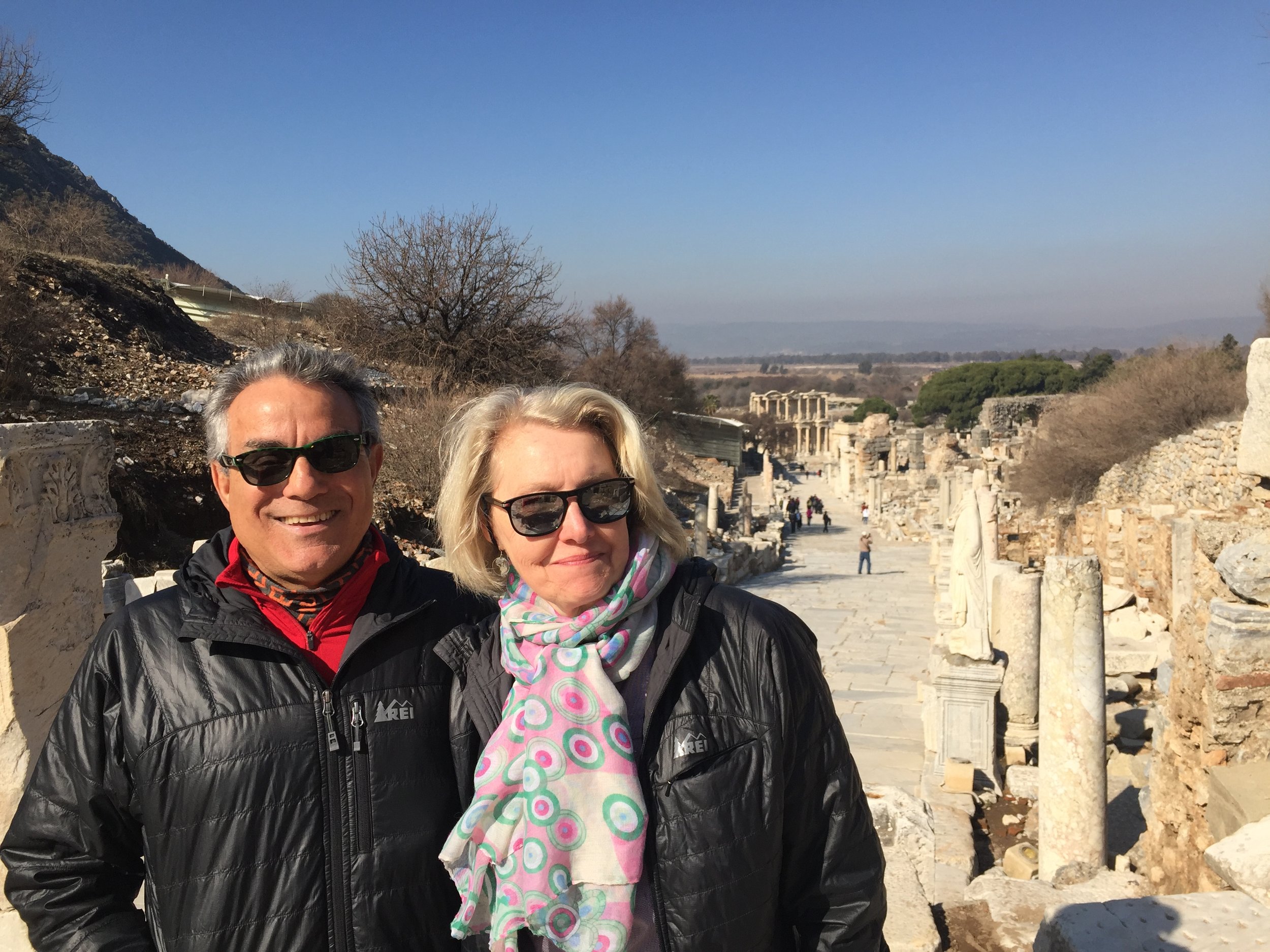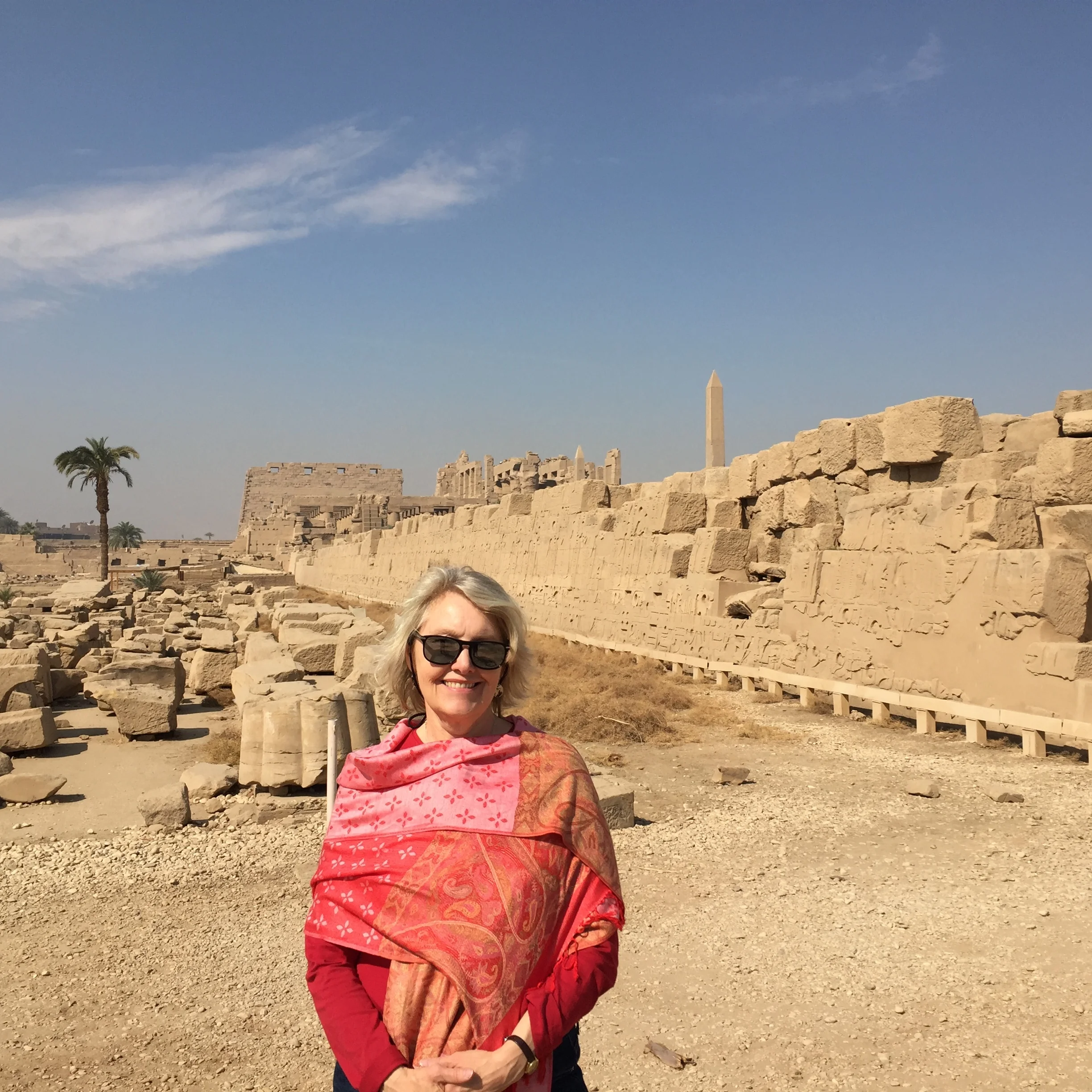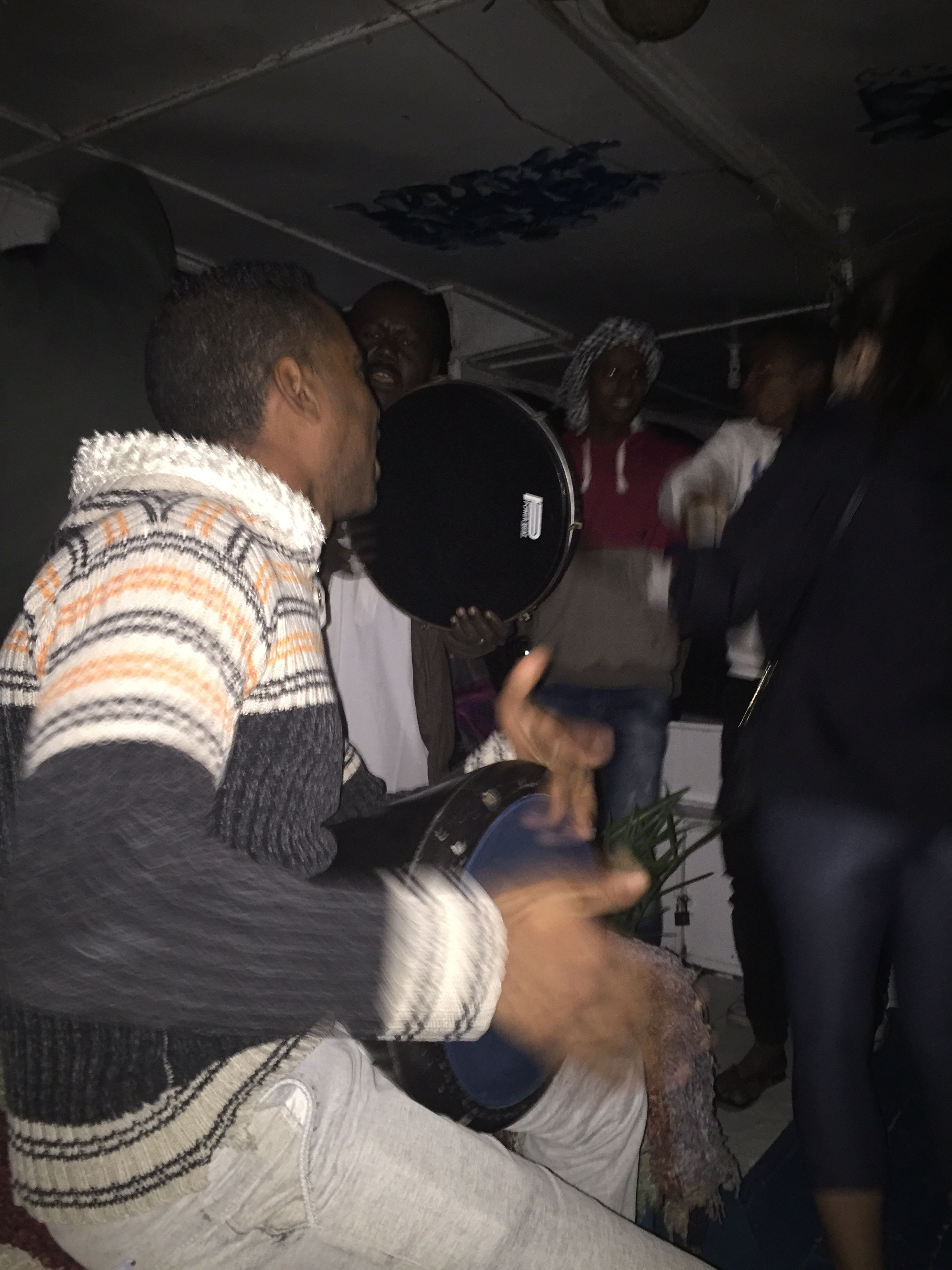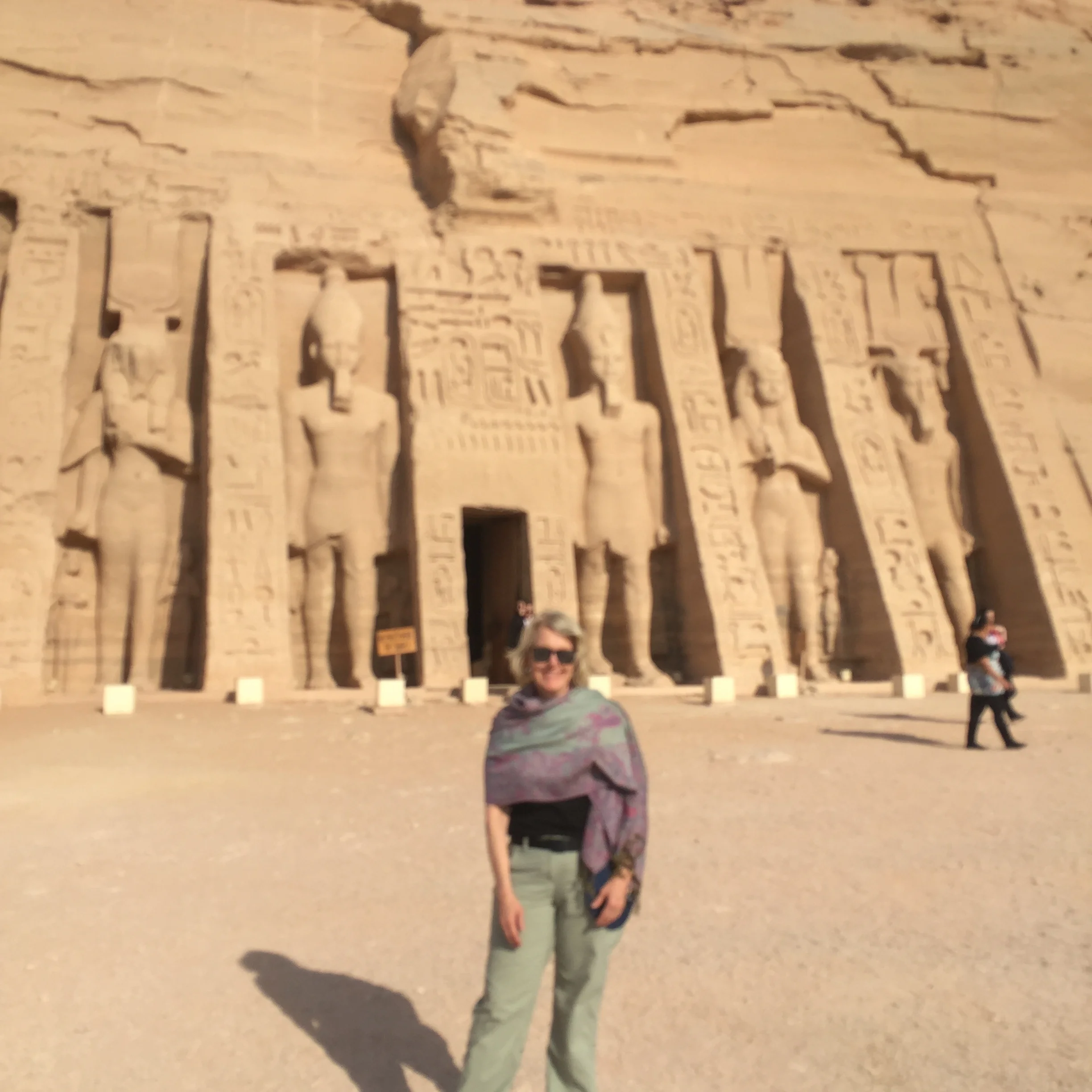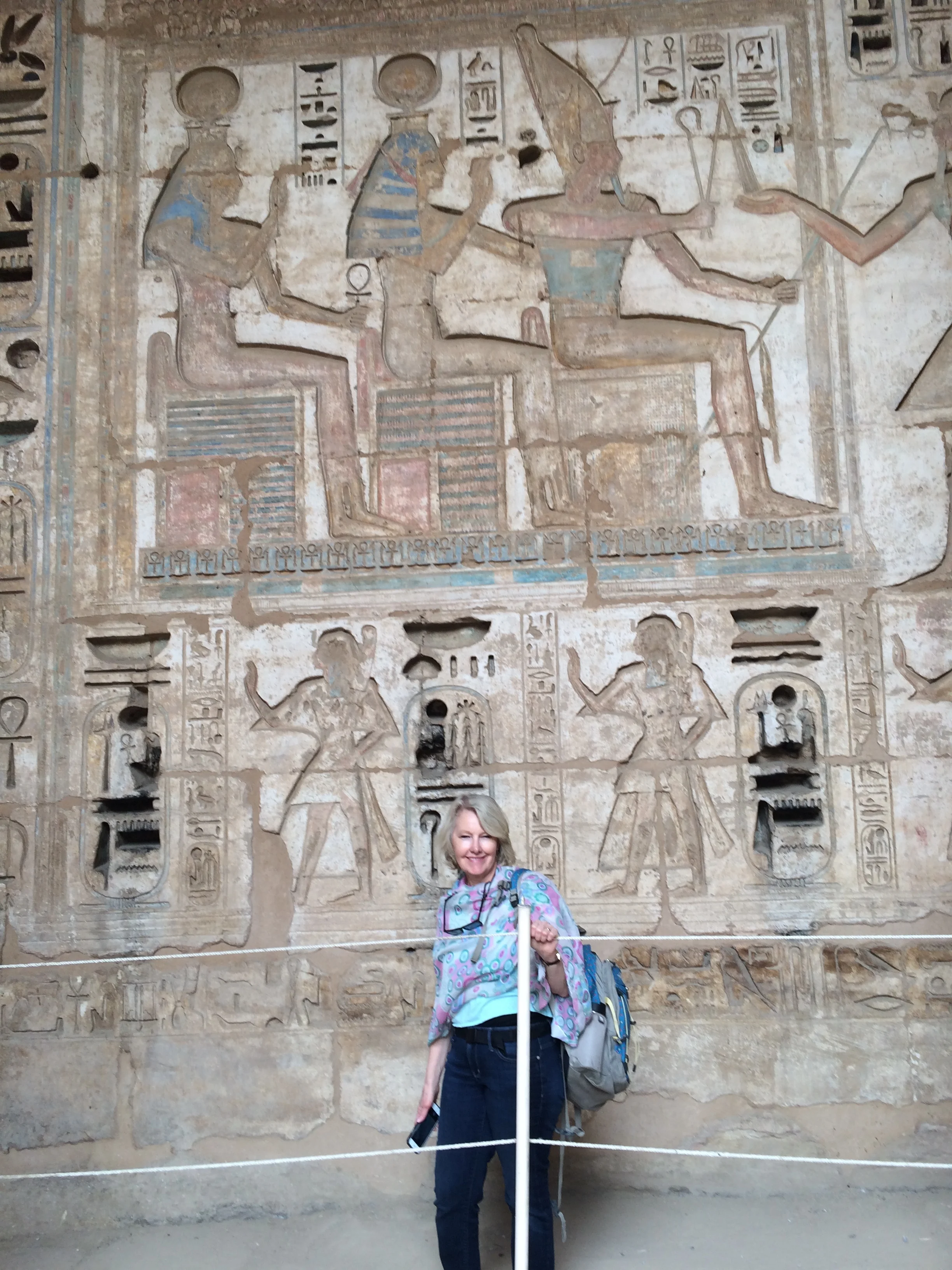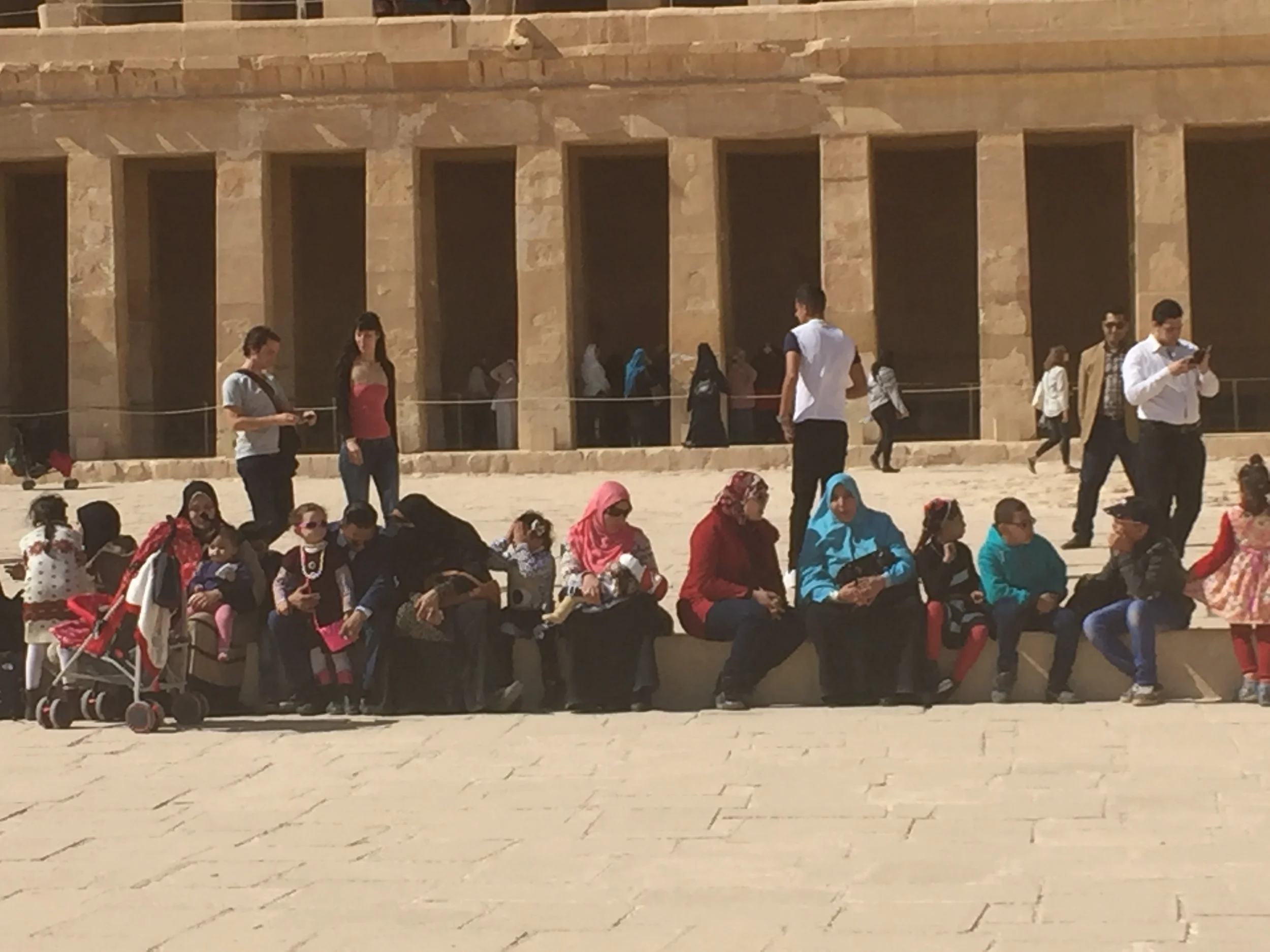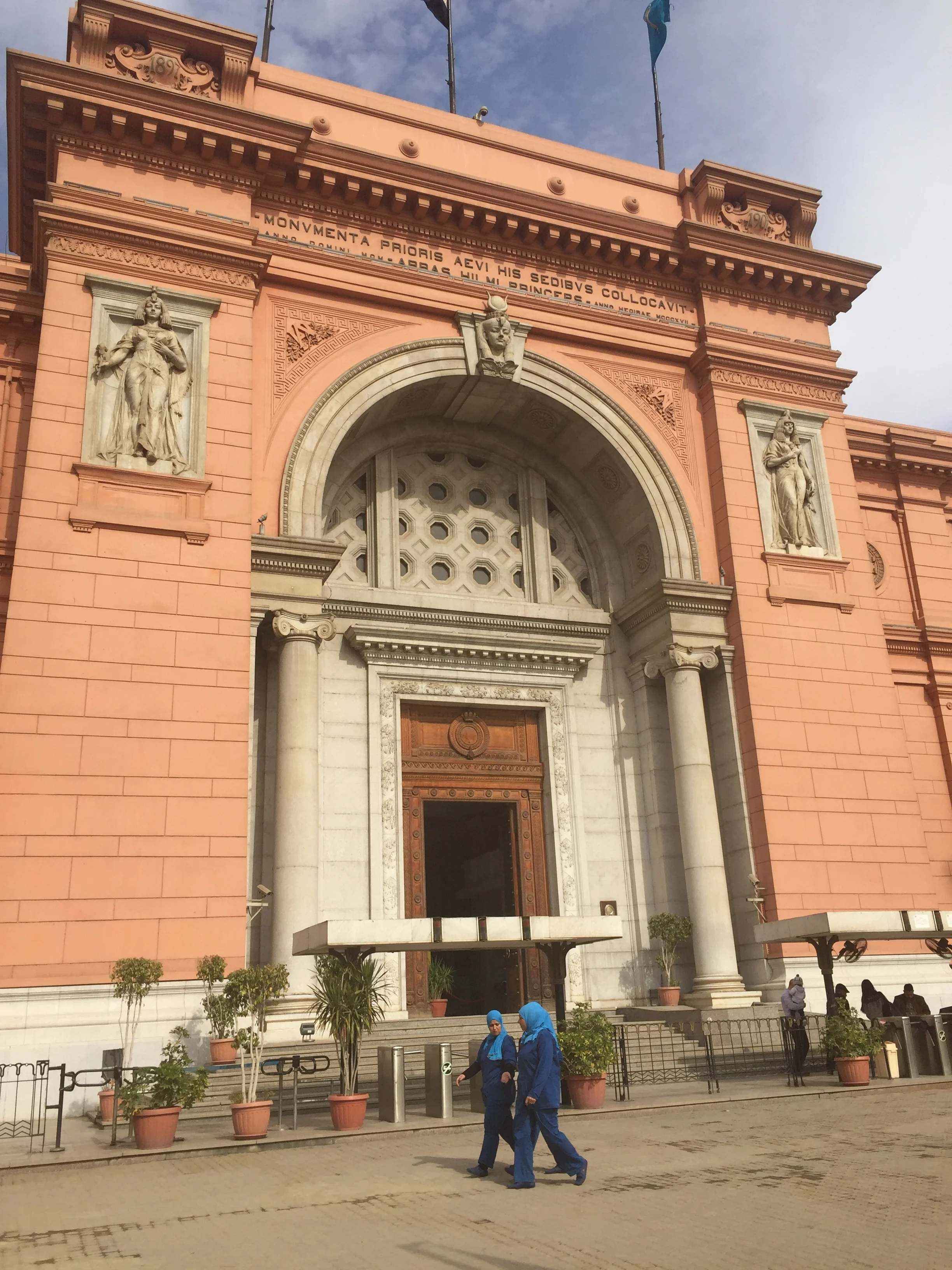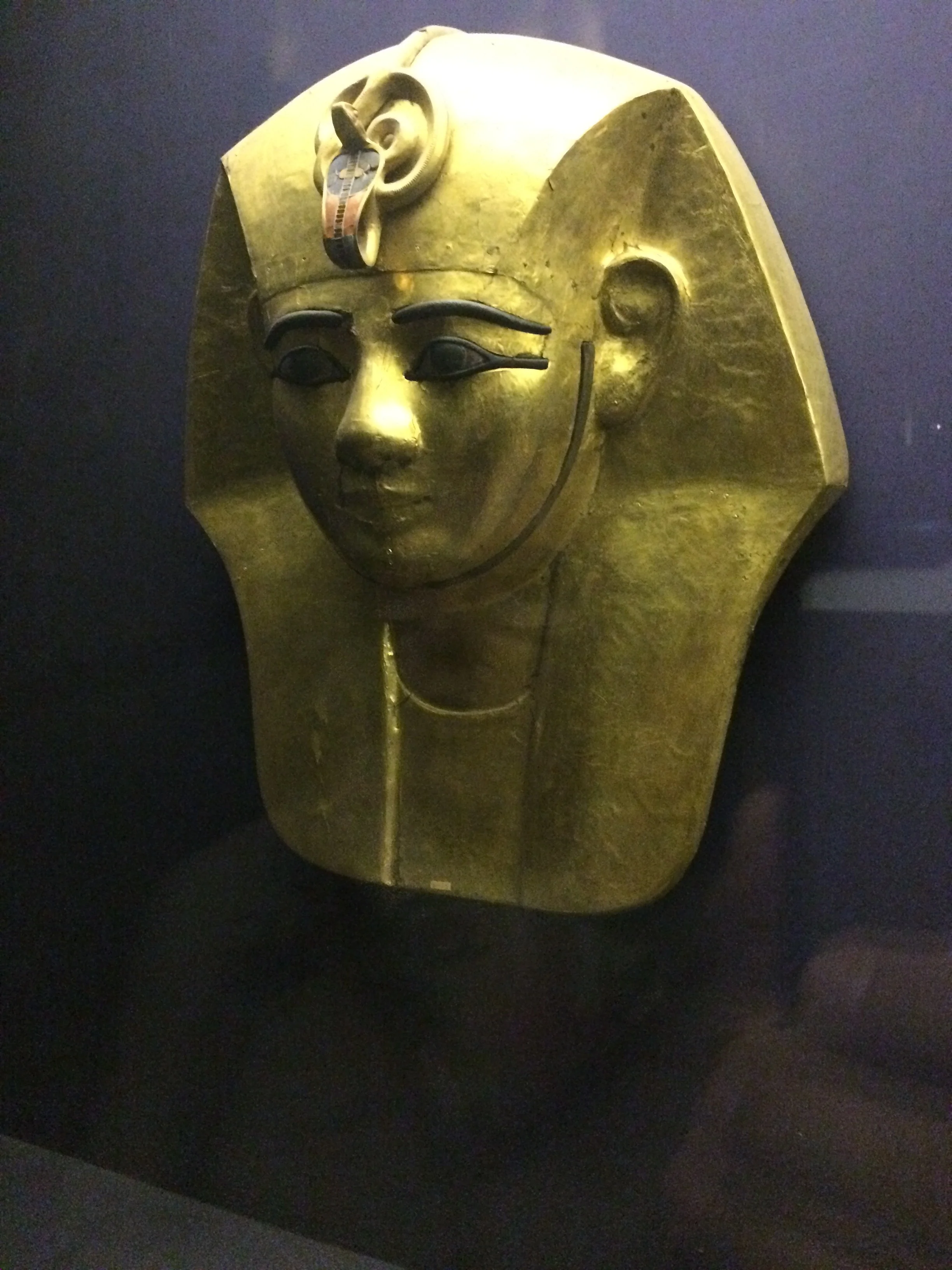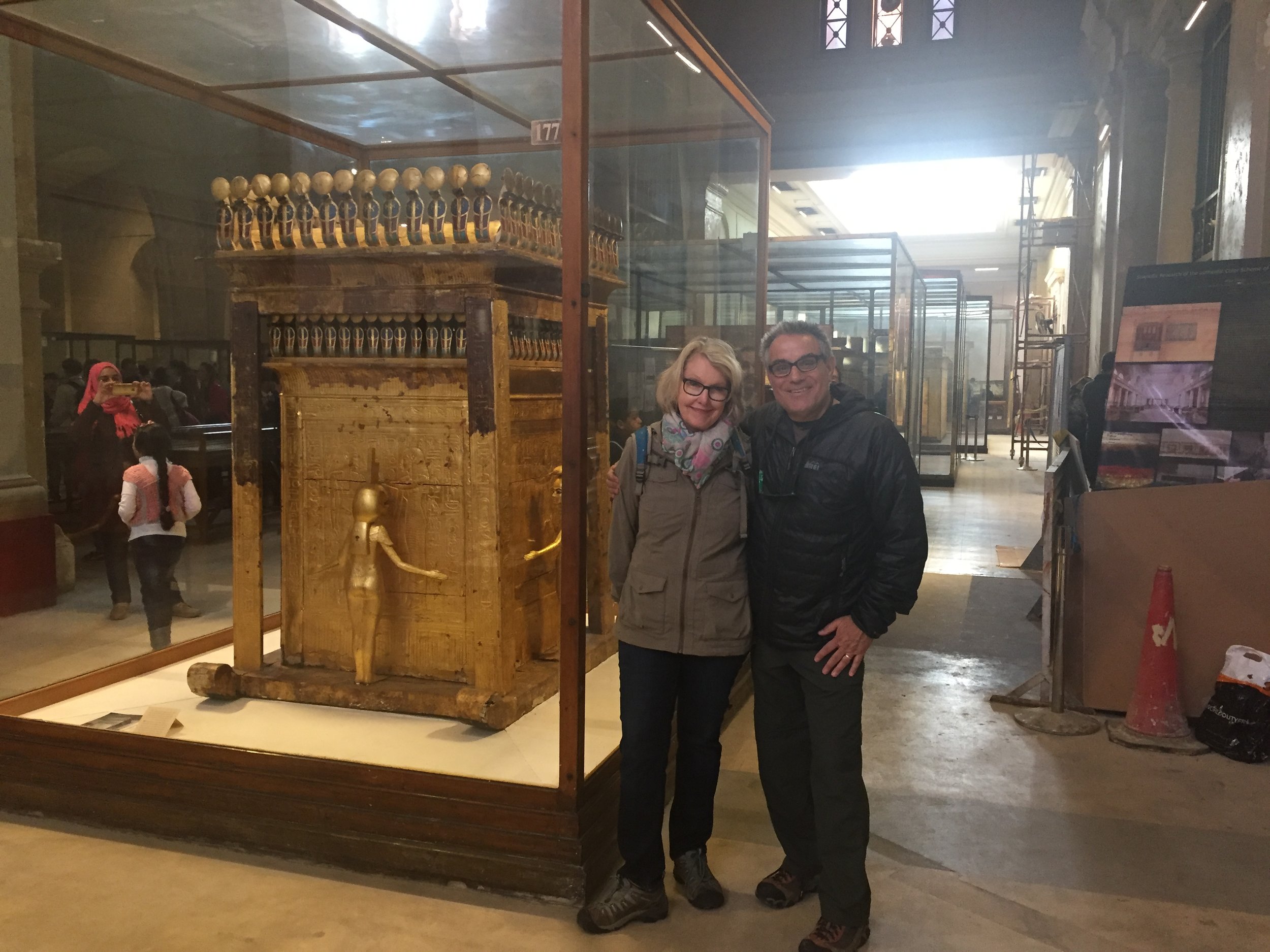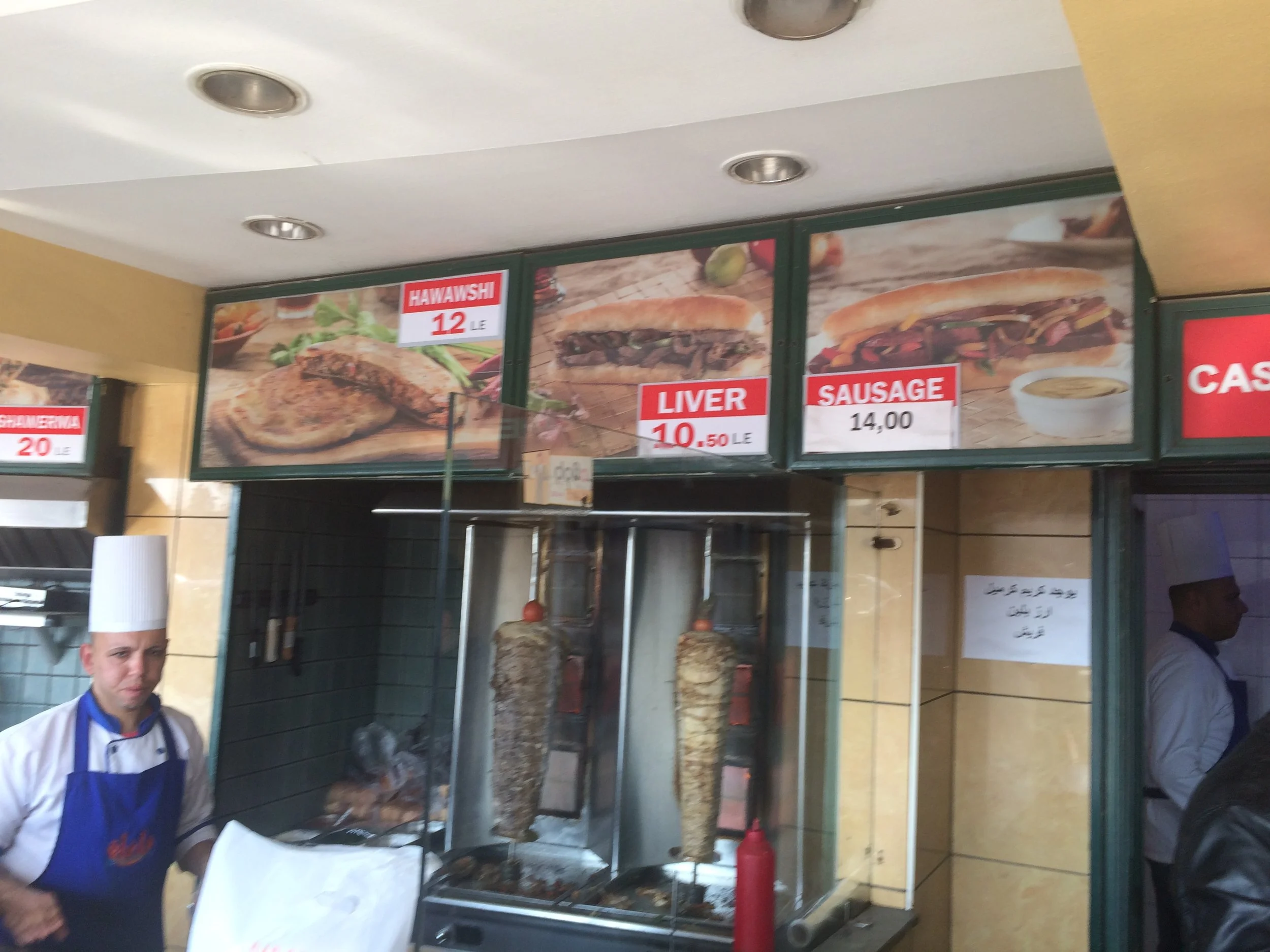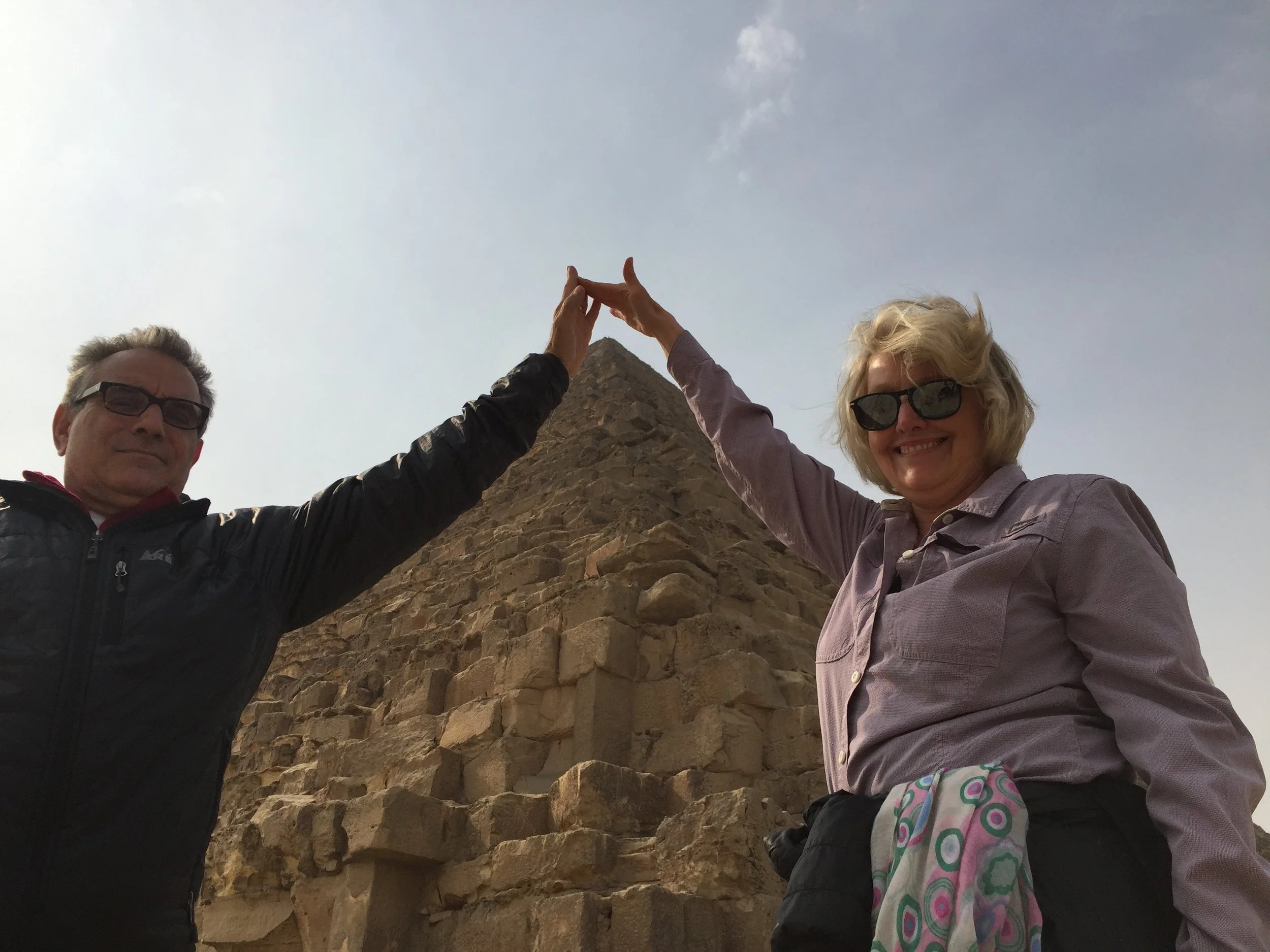MUNICH
The Mayor of Berlin may talk poor, but certainly the Mayor of Munich wouldn't. This is a rich town of 1.4 Million people. It actually has two Apple computer stores. Even though bombed in WWII, it was part of Western Germany and not under the control of the Soviets. This is the home of BMW. Historically, this region was very rich due to the East and West salt trade routes, aka white gold, and the perfection of liquid gold, ie., Beer. Sorry beer fans, the Samaritans discovered beer first, the Egyptians taxed it first, but admittedly the Germans do have a magic touch. Hordes of folks come to Munich for “Oktoberfest”and expect mobs and expect to meet new drunken friends. We came in February, but the beer is still great. As well, this city was the home of the royal family of Bavaria which created palaces and went to war. When you think of Germany, you think of Bavarian landscapes.
A united Germany did not come together until Otto Von Bismarck moved with force in 1866. In 1871, Germany emerged under the reign of Kaiser Wilhelm I.
Before this unification, the regions of Germany were separate states that spread into Poland and were governed by separate leaders, called Electors, but who often said “I’m King” of my own fiefdom. In Bavaria, and its capital city of Munich, the Wilhelm and Ludwig clan governed from 1385 until 1918. They built a marvelous palace in stages called simply the Schatzkammer der Residenz. Yeah, real simple. You know German is as hard as the Portuguese language.
Main Square in Munich
Our first day starts with another walking tour This was a large group of 30 english speakers, only 4 Americans. Our guide was a funny bloke from the UK who had married a German girl and moved to Munich. He led us around the several squares that make up the historic district, being “cheeky”when the story needed some humor. On the other hand, he did remind us that Munich was the hometown of the National Socialist Party of the 1930’s and we walked through a neighborhood of Munich that suffered the “Night of Broken Glass”, as many cities did. Shortly thereafter, jewish populations were relocated. The night before we did see one of Hitler’s former residence, a two story, white stucco, apartment building. No photo. This part of trip has made us remember our history lessons about the rise of Adolph Hitler. The “Kristallnache”was spurred on by the murder of a Nazi official in France by a single Jewish man. It was an extrapolation of a fraudulent conspiracy scenario directed toward the Jews. Find a scapegoat, then blame the entire group.
Finally for fun, our guide helped us time our videos and photos of the moving Glockenspiel. It was a hoot waiting for the 43 hourly clock chimes to sound and then watch 32 figures perform two historical events, round and round, including a jousting match. This tower is part of the new town hall aka Neues Rathaus.
The Glockenspiel - Part of the city hall. The "dancers" perform on the hour
Our other major sites visited on day one include:
St. Peterskirche. The church of Saint Peter is Munich’s oldest church, first built in 1150, but reconstructed several times, The Gothic altar, baroque ceiling fresco and Rococo sculptures are quite lovely. What was interesting to us, was the fact this church and others were Catholic, not Protestant, as we saw in Dresden and Berlin. Granted, there were no icons, but the prominent confessionals gave it away. Here, the Germans were more aligned with the Swiss and French regarding religion.
Frauenkirche. The Church of Our Lady was another large Catholic church, almost cathedral size, and sporting the tallest domed twin towers. Interestingly, there is a glass crypt displaying the full skeleton ofthe patron saint of single women. Those who ask in pray many find romance. This church is also quite lovely, except for the bones. We later learned that 30 percent of Munich residence are Catholic, and actually a lower percentage are Protestant.
Schatzkammer Residenz. This palace is so big that we became weary walking from wing to wing. The opulence could only be surpassed by the French Kings, who apparently all the Bavarian kings wanted to emulate. We saw the Antiquarium and Reich Zimmer. These are fancy German names for the barrel vaulted hall with beautiful painted frescos, and the extravagantly decorated “ Rich Rooms” of Rococo art. Forget the Chinese porcelain and French furniture collections. Tired of the opulence, there is always a “Bier Garten” close at hand. In fact, the soccer hooligans were in town today, drinking early, as Munich was playing the UK Arsenal side.
Day 2 Off to see Castles.
We are driving through Bavaria on the so called Romantic Road on a tour to see castles. There are 200 castles in Germany, but we are concentrating on 2 castles that were built at the direction of Ludwig II, the King of Bavaria for 22 years, and are within 100KM of Munich. Ludwig II was an eccentric loner who idolized King Louis of France, known as the Sun King, and the German Composer Wagner. This combination of hero worship caused him to pursue fairy tale architecture, inside and out, at these summer palaces, which he occupied without the queen nor large entourage. We drove toward the Swiss Alps that are really magnificent with jagged edges and snow caps, and evergreen trees. The valleys are dotted with small and large farmhouses and fields, they are postcard pretty, see some photos below
Schloss Linderhof. We pass through a small Bavarian village and turn off onto a windy side road and park. Once out of the bus we take a short walk until we round the corner and see this small white gem of a castle. The grounds and landscaping encompassing the smallish structure are stellar. The Linderhof was the favorite hiding place of the eccentric King Ludwig II, who had visited this landmark for a combined 14 years, and mostly by himself but with servants he rarely saw. There is a large formal double stairway in the center of the Castle and then the spaces connect room to room by doorways in a circular flow. There are no hallways and the castles structure is basically round. Each room, especially the bed chambers and chapel, are outrageously decorated in gold leaf and rococo figures which matching or coordinated drapes and wall coverings, and mirror after mirror. The dining room displayed the table on an elevated platform so it could be set up and supplied with food from the lower level without the King’s direct interaction with the wait staff. Unfortunately, no photos were allowed inside.
Schloss Neuschwanstein. This snowy white palace surrounded by close mountain peaks and its long winding access road used by Ludwig II for summer getaways is the inspiration for Disney world. Enough Said. This massive palace may have been larger had Ludwig II lived to see its completion. It was interesting to see a video about “What was not Built”. This plan included a complete cathedral and several extra spires. Again the original had splendid detail and was beautiful, but was surprisingly dark inside, with lots of carved wood and smallish windows. The king stayed at the site 14 days. The construction took 10 years. This is one of the top 10 castles in Europe, which probably means one of the top in the world.
At lunch we sat with 3 lovely flight attendants on a 5 day layover. They had traveled a lot but still were surprised by our vigorous travel schedule. We have been on the road for 5 months, but there hasn't been much slowdown. Today's journey, for example, filled out 12 hours from portal to portal. The views of the landscape were a treat and the castles did bring visions of fairy tales, but also warrior knights in shining armor. Guys can like castles too.
see the pics below of the castle, the walk up and two inside photos
Coffee and cake treat for our hard work
3rd day. Is this a down day or another Castle day?
This turned out to be a working day. We did locate another castle close by, but then we decided there was other stuff to do. We worked out some details on the final 2 legs of our German excursion. Then, we really pushed it to plan the route and locked down the housing accommodations for the upcoming French Adventure. We also did some work on the blog and published. Finally we had some laundry thrown in for style points. We are planning to take the Flixbus to Freiburg Im-Breisgau in the Black Forest area at 10.00 AM tomorrow.
One of the many great views from the bus
Freiburg
The bus to Freiburg was a nice experience, really easy to get the right bus, with a calm and fast and quiet roll, that got us to the station which was only several blocks from our hostel. This was a modern hostel with straight line architecture, heated bathroom flooring, and separate rooms occupying 3 floors. The staff was very friendly and the guests were of all ages.
There was a community kitchen like we had used in the past, and we do like the ability to cook our own meals when desired. There is a large walking bridge over traffic that starts near our place but ends immediately in town right by a modern opera house and the fantastic new glass library built for Albert Ludwig University. The school buildings intertwine with the city scape and allow the 24,000 students a grand place to study. As a college town this place is marvelous, with shops galore, a giant Cathedral, market around the Cathedral, bookstores with english sections, other splendid churches and public buildings, bikes and bike paths everywhere, two cinema multiplexes, and a lot of restaurants to mention a few things. We actually took advantage of the movie choices and saw La La Land in English, but with German sub-titles. Fun Musical film and the popcorn, after months without, really tasted good.
Freiburg
"Salad in Germany, fried potatoes and sausage strips
We found a hip German pub and ate tasty local food and drank some great pilsner beer. We walked all over the city and really enjoyed the ambience, energy and active people.
This city is in the middle of the Black Forest region. The pine trees are amazingly tall, straight, in rows, and dense, thereby casting dark shade in the forest. We wanted to enjoy this nature more so we caught a day train to another cute little Bavarian village for a bit of trekking. We wanted to stretch our legs a little like we did in Patagonia. Another train ride and we arrived in “Titisee”, which had more snow than we had observed before, but the sun shone, the sky was bright blue, and the air was clean and fresh. A glorious day. We had planned out about a 6km trek through the forest and around a lake by the village before we left. Our hand scribbled directions worked, as we turned left and right at the designated landmarks. Not to say that we did not question ourselves once or twice, but we knew we were on the right track when we observed a giant ski jump, actually four ski jumps side by side at the “Europa Ski Park”, clearly used for competitive training. Remember that ABC promo, “the agony of defeat”, well this sight gave us shivers. It was pretty cool though. Our trek got a little more hectic as the sky clouded up, temperatures dropped, and the packed snow got ice. We were walking on the crest of a hill path that was on the decline and had to be very careful, maybe ok for cross country skiing, not so good for hikes. We slowed down and made it to a manicured path that made the end to the trek fun again.
See our photos of the trek
Black Forest cake
Back in the little village we had a bite to eat, including “Bavarian Chocolate Torte Cake” with its drop or two of Schnapps, very tasty. Back on the train and back to Freiburg by 5.00 PM. That final evening was when we saw our movie and then, surprise, we found a Vietnamese Bistro for a late snack. It was really good. In fact we have seen many Vietnamese restaurants around Germany. Go figure!
Our bus to Stuttgart was scheduled for late afternoon, so we had time to do more sightseeing in this great little city. We made sure we walked from end to end to see as much of the university as possible and discovered many more charming side streets and historic city entrance gates where taxes where once collected. We actually spied a small fort that was elevated above the city. We could climb to it, but our legs where a bit too sore from the forest trek, so that was a no. We traveled back to our hostel to pickup luggage and walk back to our bus stop. Janet made friends with our receptionist and gave her some suggestions for getting a J1 Visa for a stateside internship. She was a sweet girl, very thankful, and spoke excellent English.
The town is again postcard pretty, see below
Stuttgart
Back on the bus to Stuttgart and headed for the northern edge of the black forest region. This is an industrial city, better known as the homes of Mercedes Benz and Porsche.
We probably would not have chosen to come here but for the important fact that the super high speed train, ICE, travels from there to Paris in like 4 hours. The city has the MB and Porsche Museums that we were told are really good, as well as the Kaiser’shouse, aka Residenzschloss, and an opera house. We decided instead to spend our time in Stuttgart on a day trip to one of the most renowned castles in Europe, so that probably means the world, a top ten. We planned and took the metro, then train 40 KM, then bus, to the Hohenzollern Castle, for a tour. This massive castle was located at the peak of a small mountain overlooking 360 degrees of expansive valleys that lodged two separate towns. The views were tremendous. It was far bigger than the Neuschwanstein Castle, of “Disney” duplication fame, but not as pretty. For example, It had 3 moats and 2 kill zones at the entrance, it had two chapels-Catholic and Protestant that were immaculately decorated, and numerous spires and towers. It was constructed of darkish brown stones and bricks, not the white sandstone of the Neuschwanstein. The interior was well appointed with the Kaiser’s actual furniture, art and portraits, and other period furnishings. The Kaiser Wilhem I’s crown and some jewels were on display as this castle is still owned by his lineage and not the government. It was a nice outing and a nice way to end our stay in Germany. Tomorrow, we are off to Paris, France.
See photos below, sorry for the quality, it was cold and cloudy again















































